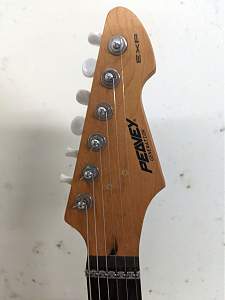Thomann in Germany have the black Steinberger ones in stock
https://www.thomann.de/gb/steinberge...ner_set_bk.htm. But at £99+ postage, I personally wouldn't bother. The chrome ones are cheaper at £83, but won't be in stock for 'a few months' - if at all if they are stopping production.
There will be a lot of Gibson Firebirds that may become unplayable without serious modification in they have tuner issues then. My mate's son has a Firebird that's two years older then mine and has them (mine has standard Grovers). And one tuner on that felt very dodgy indeed.
Gibson do sell them, so you may be able to get them from Gibson direct (or a Gibson dealer)
https://www.gibson.com/en-US/Gear/Tuning/PMMH-ST/Chrome. No indication they are discontinued.
But I'd probably fit Korean-made locking tuners if it was mine. Decent and do the job. But I'd try and sort that bridge out first otherwise it's not really wort doing much to it. But you've got two sets of holes to worry about, the string-through ones and the Graph tech Ghost saddle holes. Definitely looks from the holes for the GraphTech saddles that it was designed to sit further back with the saddles sitting further forwards and mostly covering the 'racetrack' holes.
Plug the existing string-through holes and redrill? Will look a bit messy from the rear, but at least it will work.







 Reply With Quote
Reply With Quote

